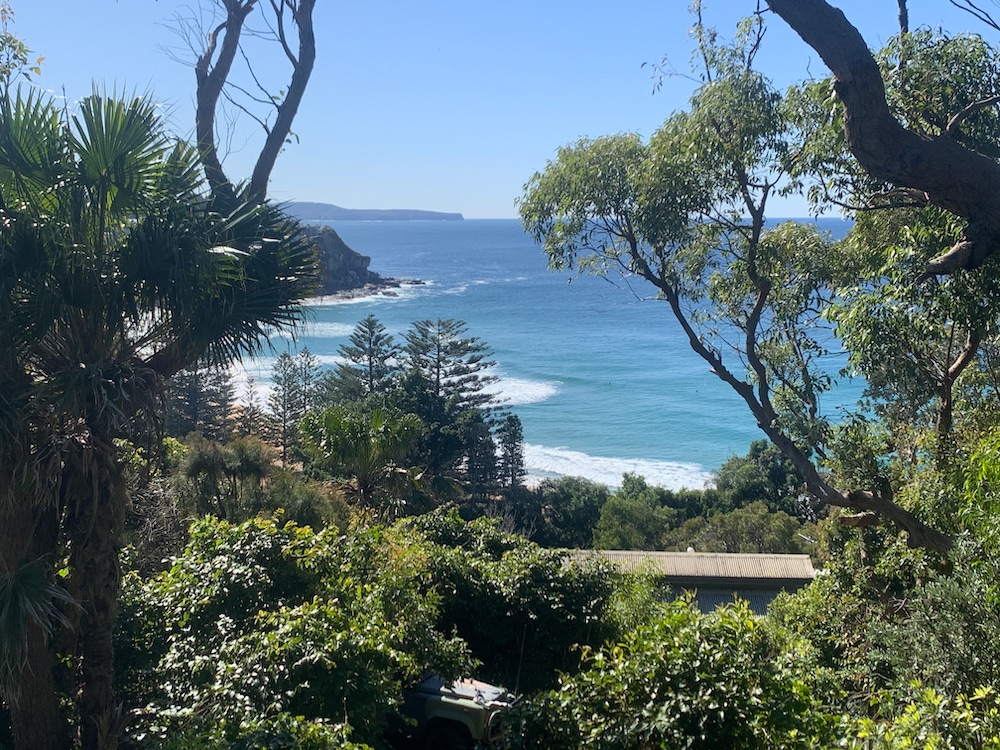The greatest piece of surf real estate in the world?
Johnny Jenkins, a former editor of Surfing Life and semi-pro surfer sponsored by various brands, lived the sorta childhood that, even in the third or fourth retelling, I still find hard to believe.
His daddy John, an international flight attendant for Qantas back when the job had money and prestige, made the very sensible decision in 1976 to begin accumulating parcels of land which would become three-acres of cliff-top dirt on the ridge behind Whale Beach, also home to the then counter-culture surfing magazine Tracks.
On it, a small wooden house, which would grow, organically, with mismatched doors and windows, and a shed, which little Johnny commandeered, that had a mattress on the floor, an old wardrobe and a cable running electricity from the main house, and with gun-barrel views straight into the Whale Beach Wedge.

With daddy away, sometimes for two weeks on an international haul and with the Wedge beckoning, Johnny, now forty-six, achieved the Barrenjoey High record of most late attendances in one year, a never-to-be-broken fifty seven late notes.
He was also privy to the belle epoch of the nineties when the Wedge was populated by Barton Lynch, Tom Carroll, Martin Potter, Stuart Bedford-Brown, Kelly Slater, Lisa Andersen, Michael Rommelse, Ces Wilson and co.
Now, with daddy almost eighty and unable to keep the land free of brush and whatever to stop fires, and the spectre of COVID putting the wind up the fam, they figure, time to sell.
(Last year, they carved two pieces off the original 11,000 m2 for three mill, leaving 8000 m2.)
Price?
Seven-ish mill for 8000 m2 or roughly two acres. Convert to US dollars and y’gonna own the best joint in Sydney, a city relatively free of lethal bugs, for a little under five mill.
“Two mins from the balcony to putting your legrope on at the sand at South Whaley,” says Johnny.











